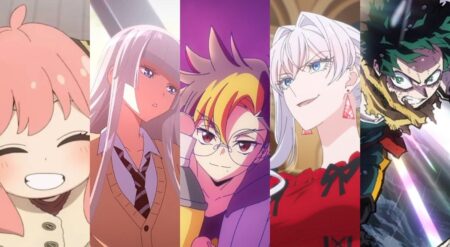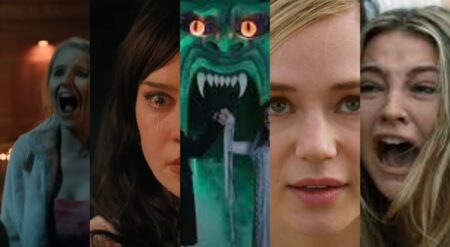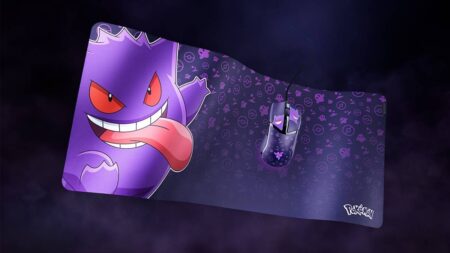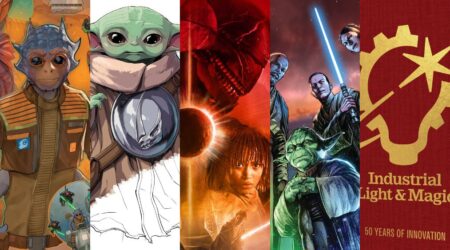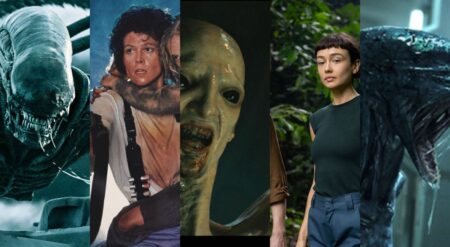
John Romita Jr. is a comic artist whose career has spanned over 45 years. The son of John Romita Sr., who is an elite artist in his own right, Romita Jr. has drawn hundreds of comics for both Marvel and DC, working on their most prized characters. Ahead of his return to Spider-Man comics, here are just five of his most important comics (though certainly not all of them).
World War Hulk

After being shot into space and fighting his way to being the ruler of an entire planet, The Hulk lost his wife and his people. He returned to Earth with almost unprecedented fury, claiming that the Illuminati were responsible for the destruction of Sakaar. He declares war on Earth, battling the X-Men, Fantastic Four, Avengers, and others.
This comic is important because it is the first event of this scale that Romita Jr. illustrated. And yet the majesty of the occasion never seems to phase the artist as he draws the crossover brilliantly. In this 6 issue event, Romita draws nearly all of Marvel’s most important characters at the time and puts them through hell. The blockbuster nature of the issue is incredible, and this series features some of the most iconic battles in the Hulk’s history. Romita’s ability to draw fear and rage is most prevalent in this series, but so is the blank, terrifying stare he can attribute to a villain.
Who is the Black Panther?

The Black Panther recounts his origin and ascension to the throne as King of Wakanda. As he returns to the kingdom and establishes his reign, the American government plans a coup of the nation for the precious vibranium. T’Challa and his allies must battle Klaw, the Rhino, Radioactive Man, and others.
The first arc of Reginald Hudlin’s acclaimed run on Black Panther, this 6 issue story is filled to the brim with action. Whether on a low level, with T’Challa battling his uncle for the crown or on a huge level with large armies and superpowered brawls, Romita Jr. was a superb choice to draw readers in. The design of Wakanda became incredibly influential as it would be replicated and used for years in other comics. But Romita Jr. and Hudlin both propelled Black Panther into the forefront of Marvel Comics, where he would remain until today.
Kick-Ass
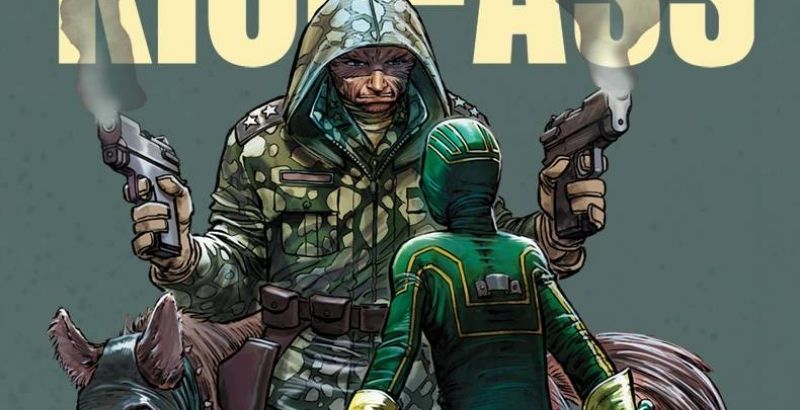
Dave Lizewski is a high school student obsessed with superheroes and comic books. Disappointed that superheroes do not exist in the real world, he decides to become one. With a wetsuit as his costume, Dave tries to take on organized crime with disastrous consequences.
The comic is Romita Jr.’s most prominent and essential creator-owned project. Alongside Mark Millar, the artist produced a world built on dark humor and intense violence. Romita Jr. depicts a faux real world but works superbly with Millar’s love of blood and gore. Many of these illustrations are over the top, but that became part of the series’s charm. The artist also presents the main characters as these youngsters. Mindy is a literal child, and Dave is a weedy, minor lead character than his more powerful counterparts in superhero books. Romita Jr. also created one of the most iconic comic costumes outside of the big two publishers, soon seeing this costume brought to life in the Kick-Ass film.
Daredevil: The Man Without Fear
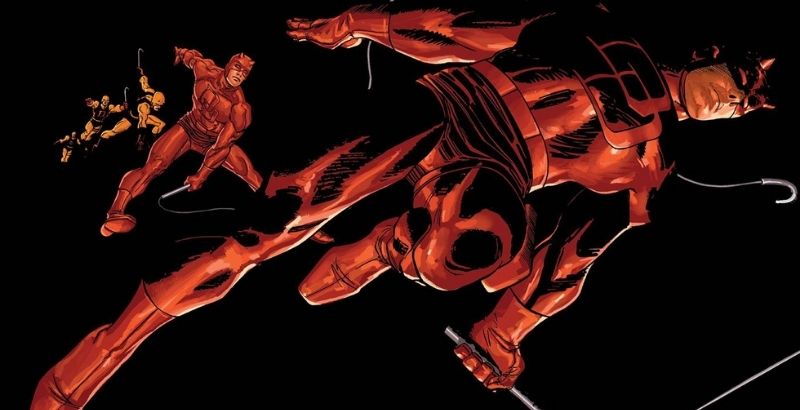
This is a story that reimagined and gave much more detail to the origin of Daredevil. From his childhood to his first meetings with Stick, Elektra, Foggy Nelson, and Kingpin.
When it comes to impacting a character, Romita Jr.’ is most prevalent within this series. Written by Frank Miller, this is a comic that became the benchmark for Daredevil’s life. The artist gave excellent designs for Matt Murdock as he grew up, going from a boy to a master martial artist. There are scenes of real, heart-pounding intensity inside this book, with some excellent training scenes from Stick that show progression in his physicality. Hell’s Kitchen looks claustrophobic and blocky. This take on the character was vitally constructive for the Daredevil Netflix show (now on Disney+), including almost a perfect recreation of the black costume for the entirety of the first season. For some viewers new to the hero, their first experience with him included him in a uniform made possible by Romita Jr.’s design.
The Amazing Spider-Man: Coming Home
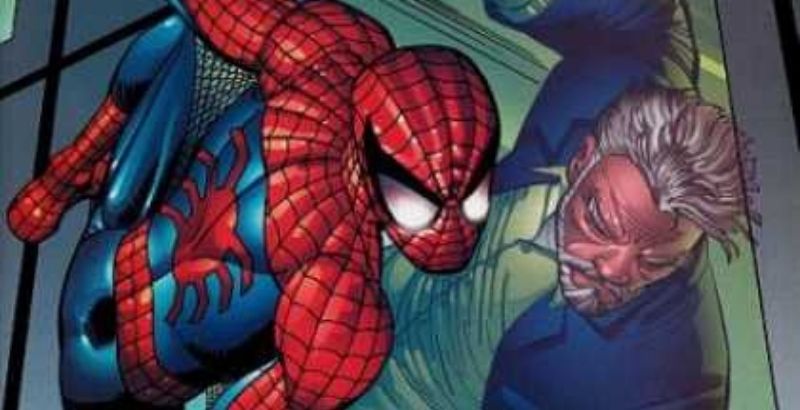
Spider-Man meets a man named Ezekiel, who possesses the same abilities he does. Ezekiel warns Peter of a being that has killed superhumans for hundreds of years, and that being is an unbeatable monster called Morlun.
In another character-defining arc, Romita Jr’s collaboration with J. Michael Straczynski puts Spider-Man up against a foe way above his power level. Starting as a regular Spider-Man story, the illustration of New York and Spider-Man’s world is idyllic, yet the artist’s style naturally adds a gritty edge to the city. But this book’s crowning achievement is the battle between Spider-Man and Morlun. The city-wide destruction is explosive, and the violence that Morlun reigns down on Peter is excessive and unrelenting. Each punch, crunch, and hit can be felt as the artist puts our hero through an ordeal unlike any other. This comic has some importance to the grand scheme of Spider-Man’s history, as some of the themes discussed and Morlun himself are pivotal when Spider-Verse comes around. This story is not as significant as other comics in this list or those unlucky to be omitted from selection. But personally, the fights in the second half of this comic may make it John Romita Jr.’s most remarkable piece.
You can find these John Romita Jr. books and many more wherever comics are sold.


